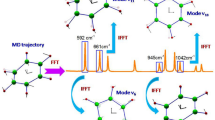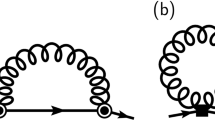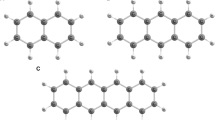Abstract
IN the Transactions of the Chemical Society for August Messrs. Baly and Collie, referring to the previous work of Baly and Desch (Trans. Chem. Soc., 1904, lxxxv., 1029, and 1905, lxxxvii., 766) on the absorption spectrum of acetylacetone and its derivatives and the conclusions arrived at, namely, that the absorption band is caused by dynamic isomerism, or rather isodynamic changes, are led to infer from the occurrence of bands in the spectrum of benzene that these also are caused by the making and breaking of the carbon bonds in the molecule of the substance. I have given a similar, but not identical, explanation of the cause of the bands in the spectra of uric acid, murexide, and the ureides, and have pointed out that there is but little difficulty in accepting a like explanation in order to account for the bands in aromatic hydrocarbons, seeing that this would harmonise with Kekulé's view of the constitution of benzene. The particulars are contained in two papers communicated to the Chemical Society on May 17, but as they are still unpublished I cannot refer to them in detail.
This is a preview of subscription content, access via your institution
Access options
Subscribe to this journal
Receive 51 print issues and online access
$199.00 per year
only $3.90 per issue
Buy this article
- Purchase on Springer Link
- Instant access to full article PDF
Prices may be subject to local taxes which are calculated during checkout
Similar content being viewed by others
Author information
Authors and Affiliations
Rights and permissions
About this article
Cite this article
HARTLEY, W. On the Absorption Spectrum of Benzene in the Ultraviolet Region. Nature 72, 557–558 (1905). https://doi.org/10.1038/072557b0
Issue Date:
DOI: https://doi.org/10.1038/072557b0
Comments
By submitting a comment you agree to abide by our Terms and Community Guidelines. If you find something abusive or that does not comply with our terms or guidelines please flag it as inappropriate.



